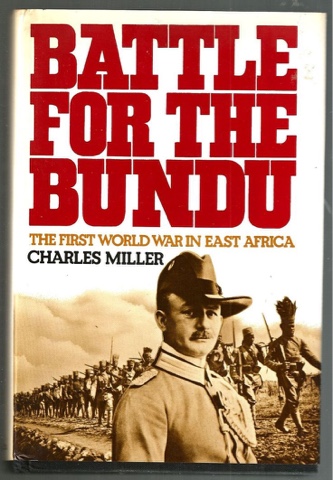"It had rained all night. At dawn, in the fields of rye along the southern edge of the forest of Soignes, you could hear a murmer like the sea on a distant shore.This was the blended voices of 67,000 men, grumbling, yawning, shivering, stretching cramped limbs, joking as people do when they share discomfort, and arguing about what would happen next: not about what Napoleon would do or what the Duke would do, but about more pressing problems: where to find something dry to light a fire, where to look for the wagons with the gin rations, and whether there was anything for breakfast. It was the dawn of Sunday, 18 June 1815."
So begins A Near Run Thing by David Howarth, published by Collins in 1968. It is one of the most influential books in my library and even now, after some forty odd years and countless rereading it still has the power to enthral.
Although my wargames tastes have evolved since those halcyon days of pocket money priced boxes of Airfix figures and the inevitable magazine inspired conversions reading this book is sufficient to transport me back to when my games were simple, uncluttered and above all, fun.
The book is not a detailed blow by blow account of the battle - there are only a few basic maps and not a single order of battle - but what it lacks in technical analysis in makes up for in the human dimension. From the words of some of those who were there - Wellington, Napoleon, Lord Uxbridge, Captain Kincaid, Corporal Dickson, Colonel Ompteda, Lieutenant Graeme, Sergeant Morris, Sergeant Lawrence, Lieutenant Gronow, Captain Mercer, Sergeant Wheeler, Ensign Leeke, Private Clay, Cadet Larreguy, Captain Robinaux, Lieutenant Martin and Marshal Ney - come the voices of history, immortal and inviolate and our understanding of those momentous events is the richer for it.
For myself I know what the Battle of Waterloo has meant to me in terms of my hobby and the path it has followed but it would be wrong if the intervening 200 years dimmed the human dimension of those cataclysmic days - of the lives lost or changed by injury or the political repercussions of the outcome decided on a small Belgian field - and the words and memories of those that were there were allowed to recede into history.
How ever you choose to honour the day, be it via a game based on the battle, watching Waterloo again, listening to the soundtrack, painting some figures, discussing the campaign or visiting anything that features the anniversary - even raising a glass of J.W.Lees Victory at Waterloo bitter (and very nice it is as well!) spare a thought for those thousands of people that took part in history all those years ago and smile to yourself as you do. Time and distance should never lessen the impact of their story.

